Rising Healthcare Expenditure
The increasing healthcare expenditure in South America is a pivotal driver for the sterilization equipment market. As governments and private sectors allocate more funds towards healthcare, the demand for advanced sterilization solutions is likely to rise. In 2025, healthcare spending in the region is projected to reach approximately $500 billion, reflecting a growth rate of around 5% annually. This surge in investment is expected to enhance the capabilities of hospitals and clinics, thereby necessitating the adoption of effective sterilization equipment. The sterilization equipment market is poised to benefit from this trend, as healthcare facilities seek to improve patient safety and operational efficiency through reliable sterilization processes.
Expansion of the Pharmaceutical Sector
The pharmaceutical sector in South America is experiencing rapid growth, which is contributing to the demand for sterilization equipment. As pharmaceutical companies expand their operations and invest in new facilities, the need for effective sterilization processes becomes increasingly critical. The sterilization equipment market is expected to benefit from this expansion, as companies seek to ensure product safety and compliance with regulatory standards. In 2025, the pharmaceutical market in South America is projected to reach $100 billion, with a significant portion allocated to manufacturing and quality control processes. This growth indicates a robust demand for sterilization solutions that can meet the stringent requirements of the pharmaceutical industry.
Increased Awareness of Infection Control
There is a growing awareness of infection control practices among healthcare professionals and the general public in South America. This heightened awareness is driving the demand for sterilization equipment, as facilities strive to maintain high standards of hygiene. The sterilization equipment market is likely to see a significant uptick in demand as hospitals and clinics implement stringent infection control protocols. According to recent surveys, approximately 70% of healthcare providers in the region acknowledge the importance of sterilization in preventing healthcare-associated infections. This trend suggests that the sterilization equipment market will continue to expand as facilities prioritize patient safety and compliance with infection control guidelines.
Regulatory Pressure for Safety Standards
Regulatory pressure for safety standards is a significant driver for the sterilization equipment market in South America. Governments and health authorities are increasingly enforcing stringent regulations to ensure the safety and efficacy of medical devices and healthcare practices. This regulatory landscape compels healthcare facilities to invest in high-quality sterilization equipment that meets established safety standards. In 2025, it is anticipated that compliance costs for healthcare facilities will rise by approximately 10%, prompting a shift towards more reliable sterilization solutions. As facilities strive to adhere to these regulations, the demand for advanced sterilization equipment is likely to increase, further propelling the growth of the market.
Technological Innovations in Sterilization
Technological innovations are transforming the sterilization equipment market in South America. Advances in sterilization technologies, such as low-temperature plasma and vaporized hydrogen peroxide, are enhancing the effectiveness and efficiency of sterilization processes. These innovations are likely to attract healthcare facilities looking to improve their sterilization protocols. The market for advanced sterilization technologies is projected to grow at a CAGR of 6% through 2025, driven by the need for faster and more reliable sterilization methods. As healthcare providers adopt these cutting-edge solutions, the sterilization equipment market is expected to witness substantial growth, reflecting the ongoing evolution of sterilization practices.


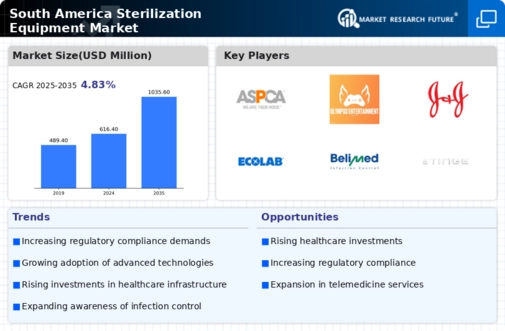
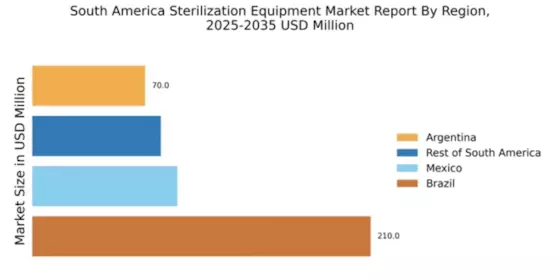

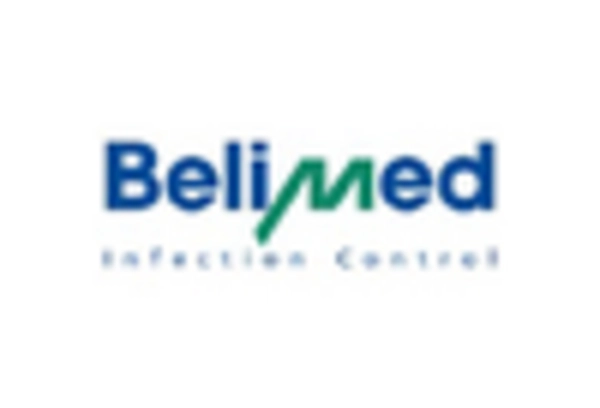
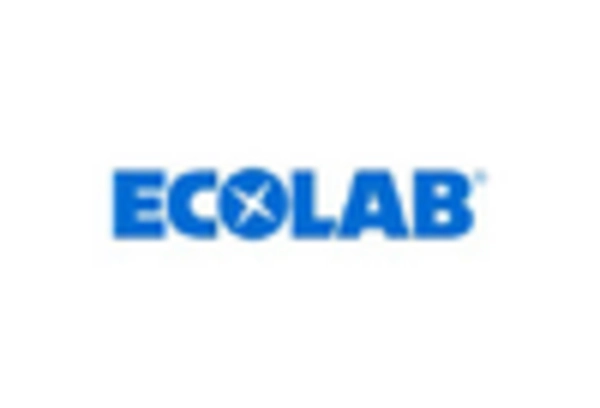
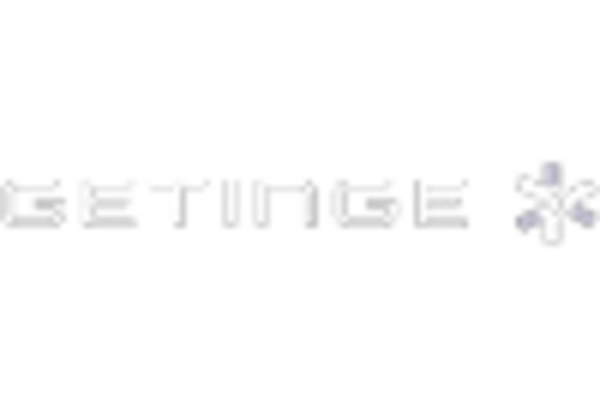
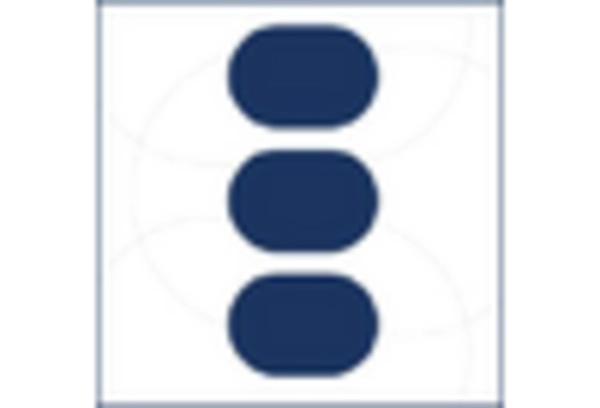
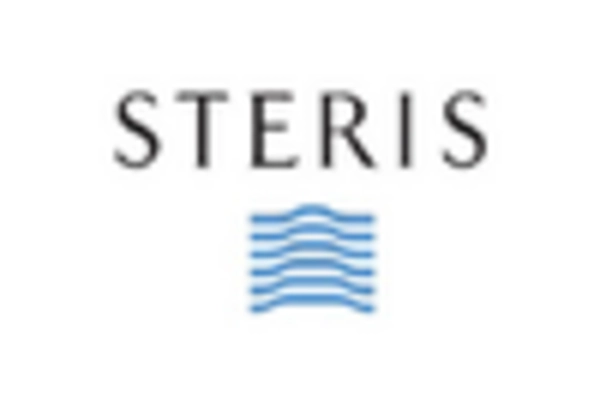








Leave a Comment